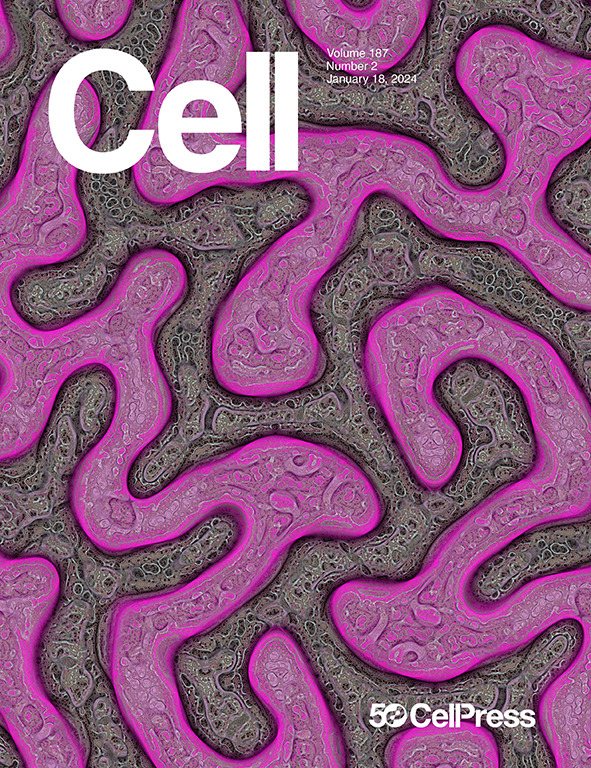The multi-stage plasticity in the aggression circuit underlying the winner effect
IF 42.5
1区 生物学
Q1 BIOCHEMISTRY & MOLECULAR BIOLOGY
引用次数: 0
Abstract
Winning increases the readiness to attack and the probability of winning, a widespread phenomenon known as the “winner effect.” Here, we reveal a transition from target-specific to generalized aggression enhancement over 10 days of winning in male mice. This behavioral change is supported by three causally linked plasticity events in the ventrolateral part of the ventromedial hypothalamus (VMHvl), a critical node for aggression. Over 10 days of winning, VMHvl cells experience monotonic potentiation of long-range excitatory inputs, transient local connectivity strengthening, and a delayed excitability increase. Optogenetically coactivating the posterior amygdala (PA) terminals and VMHvl cells potentiates the PA-VMHvl pathway and triggers the same cascade of plasticity events observed during repeated winning. Optogenetically blocking PA-VMHvl synaptic potentiation eliminates all winning-induced plasticity. These results reveal the complex Hebbian synaptic and excitability plasticity in the aggression circuit during winning, ultimately leading to increased “aggressiveness” in repeated winners.

赢家效应背后的攻击回路多阶段可塑性
获胜会提高攻击准备度和获胜概率,这种普遍现象被称为 "获胜者效应"。在这里,我们揭示了雄性小鼠在获胜后 10 天内从目标特异性攻击增强过渡到普遍性攻击增强的过程。这种行为变化得到了腹内侧下丘脑腹外侧(VMHvl)三个因果关联的可塑性事件的支持,而VMHvl是攻击性的关键节点。在获胜的 10 天内,VMHvl 细胞经历了长程兴奋性输入的单调增效、瞬时局部连通性增强和延迟兴奋性增强。通过光遗传学方法共同激活后杏仁核(PA)终端和 VMHvl 细胞可增强 PA-VMHvl 通路,并引发在反复获胜过程中观察到的相同的一连串可塑性事件。光遗传阻断 PA-VMHvl 突触增效可消除所有获胜诱导的可塑性。这些结果揭示了获胜时攻击回路中复杂的希伯来突触和兴奋可塑性,最终导致重复获胜者的 "攻击性 "增强。
本文章由计算机程序翻译,如有差异,请以英文原文为准。
求助全文
约1分钟内获得全文
求助全文
来源期刊

Cell
生物-生化与分子生物学
CiteScore
110.00
自引率
0.80%
发文量
396
审稿时长
2 months
期刊介绍:
Cells is an international, peer-reviewed, open access journal that focuses on cell biology, molecular biology, and biophysics. It is affiliated with several societies, including the Spanish Society for Biochemistry and Molecular Biology (SEBBM), Nordic Autophagy Society (NAS), Spanish Society of Hematology and Hemotherapy (SEHH), and Society for Regenerative Medicine (Russian Federation) (RPO).
The journal publishes research findings of significant importance in various areas of experimental biology, such as cell biology, molecular biology, neuroscience, immunology, virology, microbiology, cancer, human genetics, systems biology, signaling, and disease mechanisms and therapeutics. The primary criterion for considering papers is whether the results contribute to significant conceptual advances or raise thought-provoking questions and hypotheses related to interesting and important biological inquiries.
In addition to primary research articles presented in four formats, Cells also features review and opinion articles in its "leading edge" section, discussing recent research advancements and topics of interest to its wide readership.
 求助内容:
求助内容: 应助结果提醒方式:
应助结果提醒方式:


